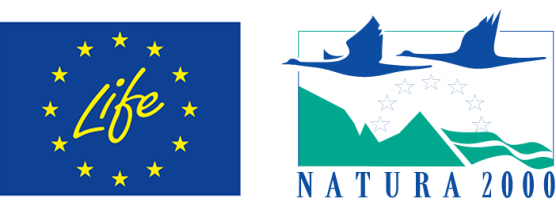LIFE Granatha
Heathland environments, once used for traditional activities, with the abandonment of mountainous areas and the consequent reduction in traditional activities, are evolving towards higher vegetation successions, with the entry of trees and shrubs and the definitive establishment of woodland. These transformations result in the loss of reproductive habitat for a number of bird species of conservation interest, including the common shrike (Sylvia undata), the woodlark (Lullula arborea), the red-backed shrike (Lanius collurio), the hen harrier (Circus pygargus), the sandpiper (Anthus campestris) and the nightjar (Caprimulgus aeuropeus); In addition, the closure of these open spaces results in the disappearance of prey hunting habitats for the short-toed eagle owl (Circaetus gallicus) and the honey buzzard (Pernis apivorus).
The LIFE Granatha project proposes, therefore, to carry out a series of conservation actions necessary to halt, but above all to reverse, this trend towards the evolution and transformation of heathland environments, by restoring their ecological functionality (essentially with the removal of invasive trees and shrubs) and above all by creating the conditions for the start-up of a local supply chain that, through the use of Erica scoparia, can guarantee, with the production and marketing of brooms and other tools, their continuous and lasting management.
WEBSITE PROJECT: www.lifegranatha.eu

CLIENT: European Commission – European Climate Infrastructure and Environment Executive Agency
DATE: 2016-2022
AMOUNT: total budget 1.327.999 €; EU Contribution 796,499.00€
PARTNER: Union of the Mountain Municipalities of Pratomagno, Betadue social cooperative type b Onlus, University of Turin, Department of Agricultural, Forestry and Environmental Sciences
PROJECT CODE: LIFE15 NAT/IT/000837 GRANATHA

